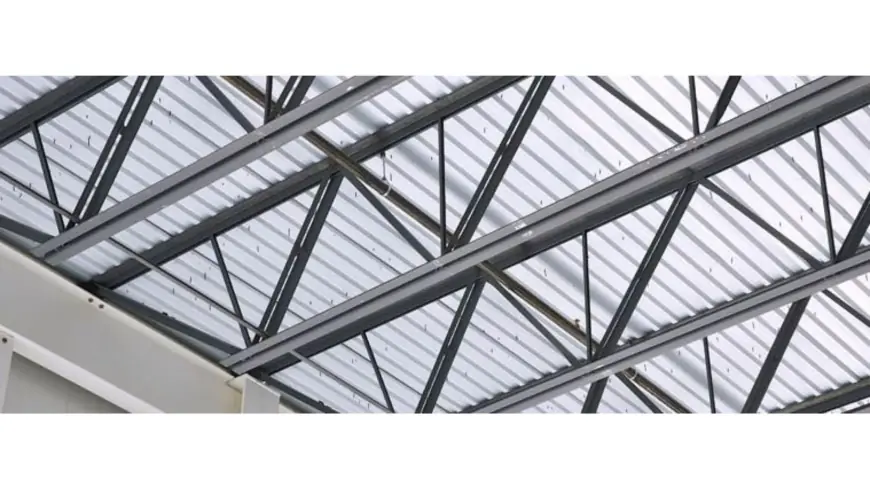Unlocking the Strength of Joist Girders: Design and Applications

Have you ever walked into a big gym, a warehouse, or even a large store and looked up at the ceiling? You might have seen a strong, open metal frame holding everything up. That frame might include something called a joist or girder, a special kind of structure that helps support roofs and floors in multi-story buildings.
In this article, you'll learn what joist girders are, how they work, what types exist, and where they're used. We'll also see how a metal decking company in Arizona helps builders use these materials in smart and safe ways.
What Is a Joist Girder?
A joist girder is a long, strong piece of metal that holds up other parts of a building, like steel joists and decking. Think of it like a large metal bridge inside a building. It helps carry heavy loads (like the weight of the roof, equipment, or even people) and passes that weight safely down to the ground through columns or walls.
They are built using a series of triangles in their design, which helps them stay strong without using too much steel. This makes them lighter but still powerful.
Why Are They So Useful?
It is used in buildings for many reasons:
-
They can stretch across big spaces without needing many columns in between. This is great for places that need open space, like sports halls or warehouses.
-
They are strong but lighter. Because of their open triangle shapes, they use less metal, which saves money and reduces weight.
-
They can be custom-built. Engineers design each joist girder to fit the building's needs. That means they're made just right for each project.
-
They work well with other building parts. Joist girders can easily connect to steel joists, decking, and columns. This makes construction faster and simpler.
Where Are Joist Girders Used?
You can find them in many places, including:
-
Warehouses – These buildings need lots of open floor space for storing items or moving machines.
-
Big Stores and Shopping Centers – Joist girders hold up the roof while keeping the store wide and open.
-
Schools and Gyms – Gyms and auditoriums often have joist girders to span large spaces without columns.
-
Factories – Joist girders can support heavy machines and equipment in industrial buildings.
How a Metal Decking Company in Arizona Helps?
In a hot and dry place like Arizona, buildings need strong and smart materials that can handle extreme heat. A metal decking company in Arizona provides joist girders and other metal parts that are made for these conditions. These companies assist builders use the right materials, design custom systems, and make sure everything fits together safely. They also understand local building rules and can get materials to the job site quickly.
Ending Statement
Joist girders are powerful tools in modern construction. They help create big, open spaces without needing lots of columns. Their smart design uses less material but provides strong support for roofs and floors. Whether it's a school, factory, or warehouse, joist girders make buildings safer, stronger, and more flexible. And with help from an experienced metal decking company, builders can use them in smart ways that match the needs of their project and the local environment.
Understanding how they can work helps us to see how important they are in building the spaces we use every day.
What's Your Reaction?
 Like
0
Like
0
 Dislike
0
Dislike
0
 Love
0
Love
0
 Funny
0
Funny
0
 Angry
0
Angry
0
 Sad
0
Sad
0
 Wow
0
Wow
0

















































